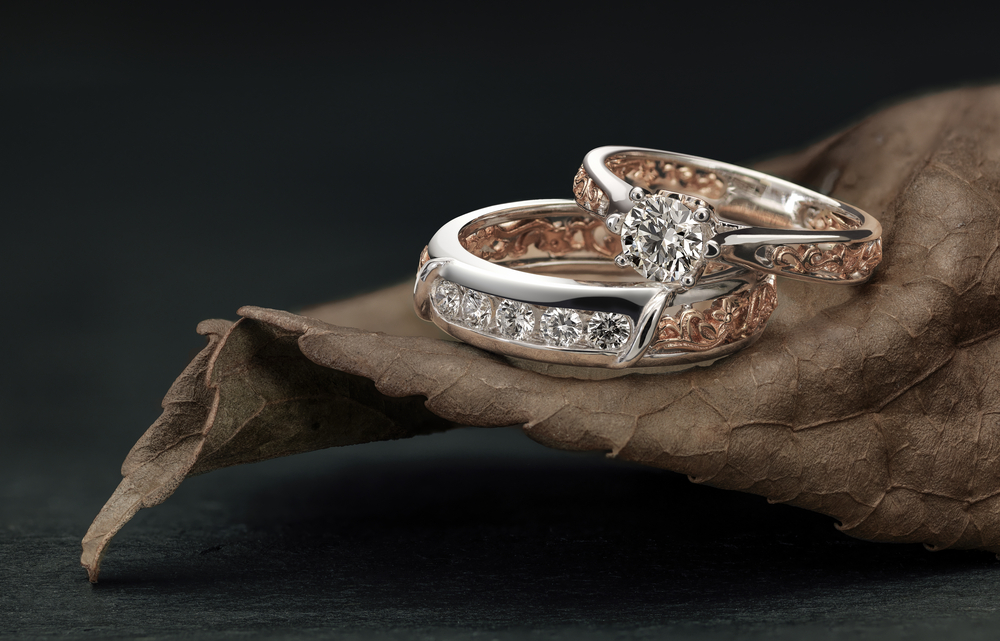
Diamonds have long been a representation of riches, prestige, and love, but their availability is constrained and their mining raises a number of moral and ethical questions. Lab grown diamonds are now a competitive substitute for natural diamonds because of technological advancements. These lab-produced diamonds are identical to real diamonds in terms of their chemical and physical makeup. One could question if the market for natural diamonds would ever be threatened by these artificial diamonds as technology advances.
Current State Of The Diamond Market
A limited number of businesses dominate the world’s diamond industry, having the biggest three firms holding roughly sixty percent of the market. The biggest diamond mining corporation is De Beers, which is followed by Alrosa and Rio Tinto. But in recent years, these businesses have experienced a decrease in their market share, which is partly attributable to the popularity of lab-grown diamonds.
Advantages Of lab grown Diamonds
The fact that lab grown diamonds are far more cheap than real diamonds is one of their main benefits. This is so because making them is significantly less expensive than digging up real diamonds from the ground. Additionally, because they don’t necessitate the exploitation of diamond mine workers, lab-grown diamonds have a lower environmental impact and uphold higher ethical standards.
The Future Of The Diamond Market

Even while it’s too soon to say if artificial diamonds will entirely supplant real diamonds, their appeal is undoubtedly rising. By 2035, the global market for diamonds grown in laboratories is anticipated to reach $15 billion, according to research by Bain & Company. This is partly because younger people are more inclined to select synthetic diamonds over natural ones since they are more concerned with ethical and environmental problems.
It’s crucial to remember that there are still difficulties with lab-grown diamonds. The main difficulty is dealing with consumer perception. Some people continue to think that lab grown diamonds are less precious than real diamonds and that they have a negative reputation. Additionally, lab grown diamonds are not yet as widely available as natural diamonds, which can make them more difficult to obtain.
The traditional diamond market may not be immediately threatened by artificial diamonds, but they are undoubtedly growing in popularity and may one day play a key role in the sector. It’s likely that lab-grown diamonds may someday supplant real diamonds as the preferred option for engagement rings and other diamond jewelry as technology advances and consumer perceptions shift. It’s crucial to remember that each variety of diamond has its own distinct benefits and drawbacks and that buyers should base their choices on their own interests and beliefs.
